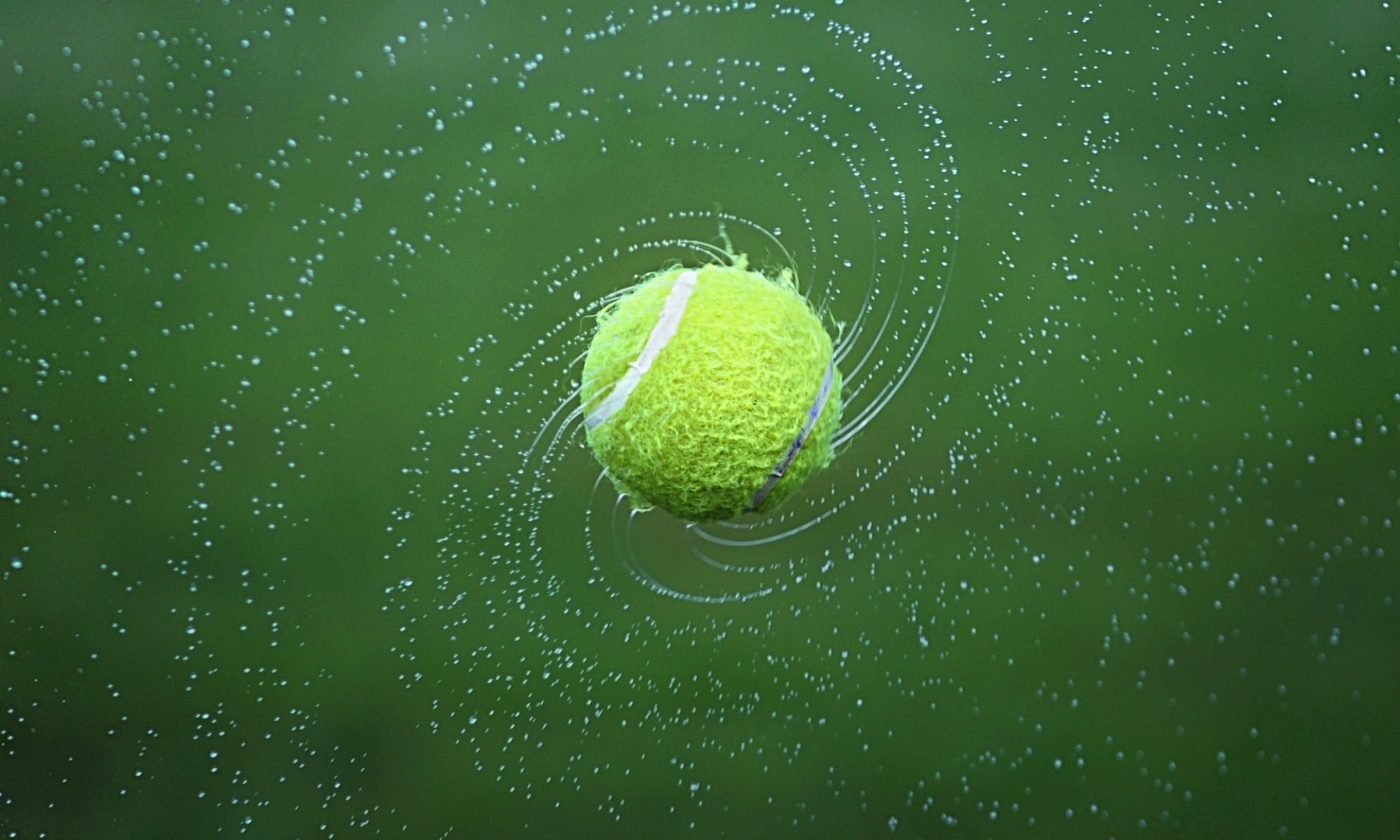Hydration and recovery
If you have been following the hot and humid US Open in NYC so far, you know that staying hydrated has been especially important. But hydration on the court has always been important. Here are some helpful tips for you as we enter the dog days of summer.

-
Before the match-drink 16-20 ounces of cold water, then 4-8 ounces of cold beverage during changeovers.
-
During the match-if you’re sweating a lot and going all out, you need to replenish some electrolytes-drink 5 ounces of a sports drink on changeovers. If you are playing strenuously for more than two hours, add 10-15 grams of protein to your beverage or eat an energy bar or gel. (Don’t consume too much protein, however, because it can cause stomach cramps)
-
After the match-your muscles are most receptive to insulin and nutrients for recovery within 30-45 minutes after strenuous exercise, have a recovery drink that contains a target number of carbohydrates and protein (Carbohydrate grams equal to 40% of your body weight in pounds and 1 gram of protein for every 3 grams of carbs) Example: a 135lb women needs 54 grams carbs and 18 grams protein (Chocolate milk actually comes very close to this ratio)
Keeping your body properly hydrated and giving it what it needs for recovery will help you play your best tennis and recover quicker. Hit courts and have fun!
